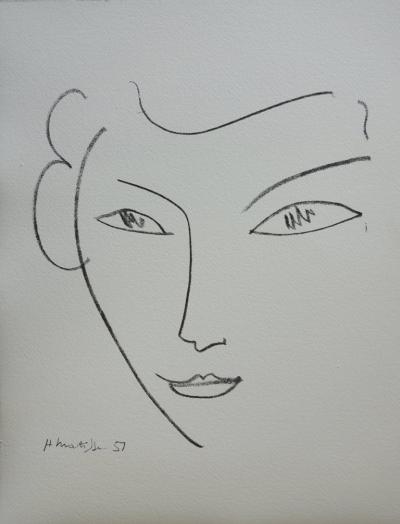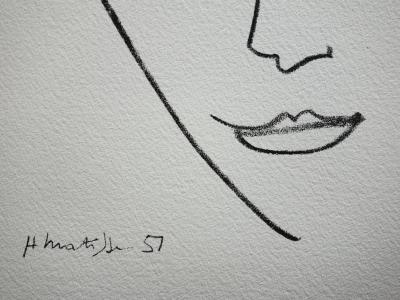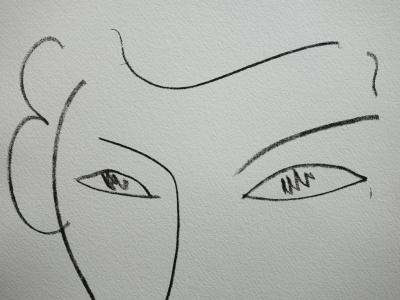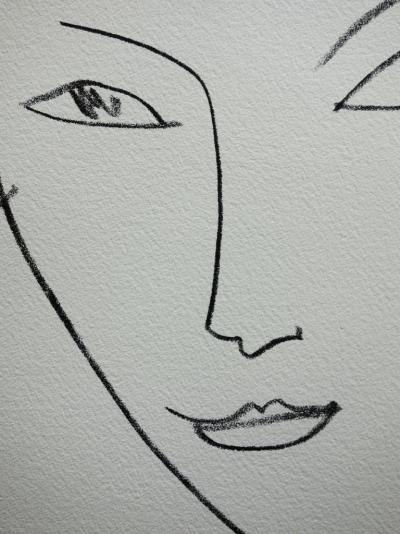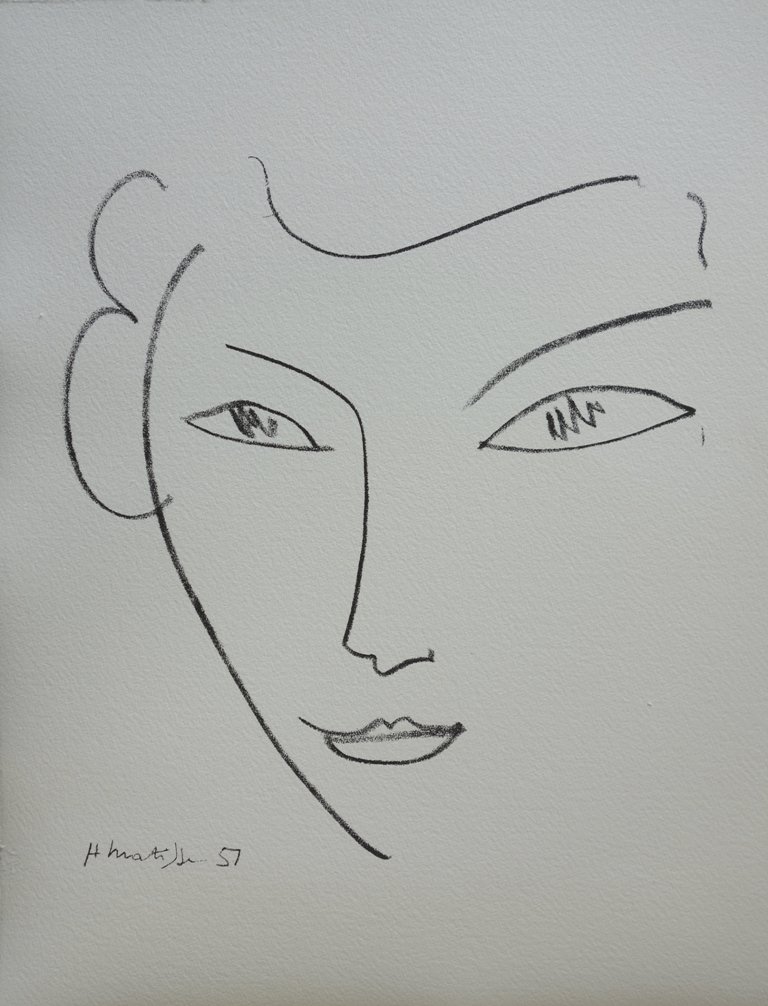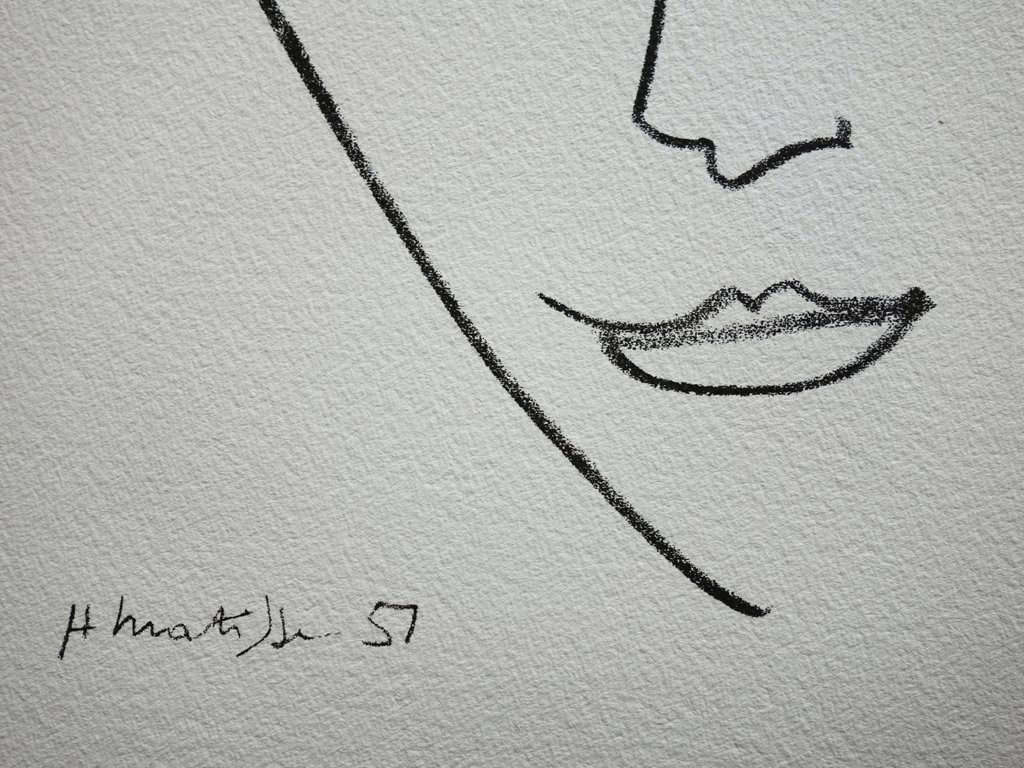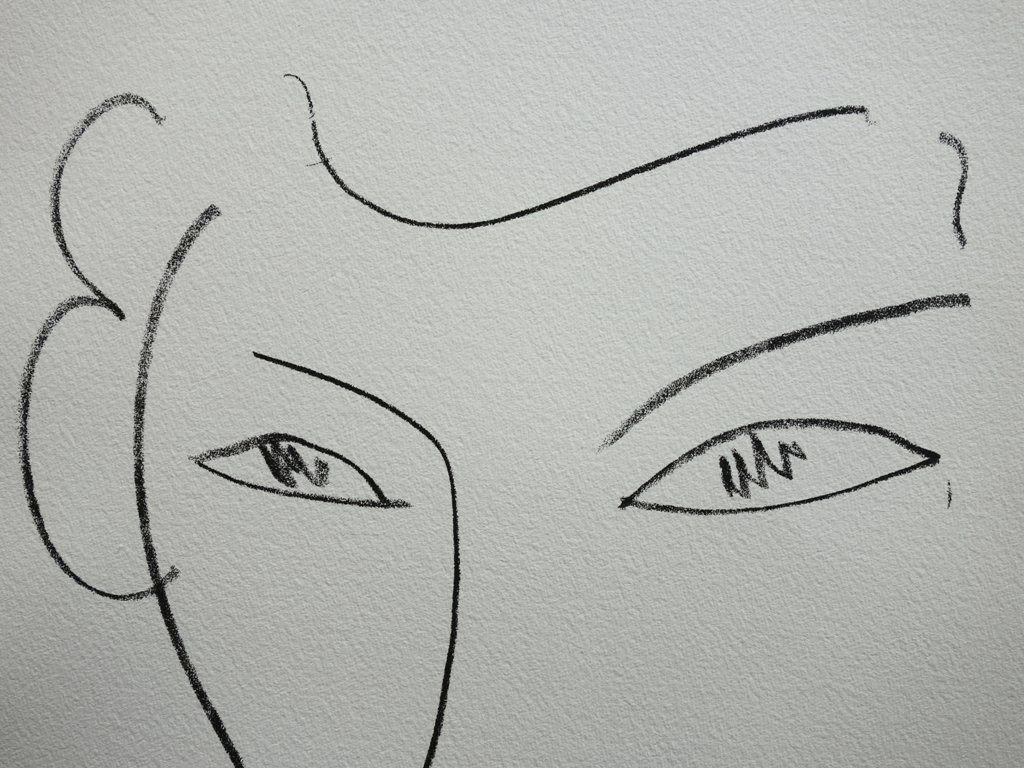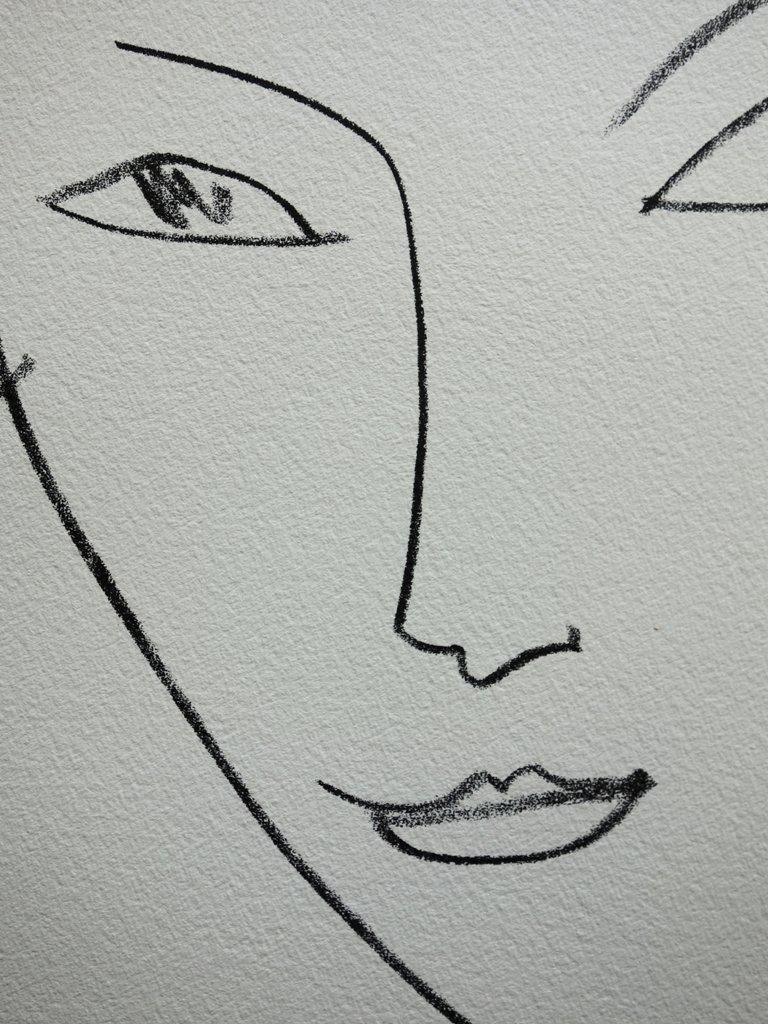-
-
- Alex Katz(1)
- Alexander Calder(15)
- André Derain(83)
- Andy Warhol(16)
- Antoni Tapiès(23)
- Arman(30)
- Aurélie Nemours(1)
- Bengt Lindström(8)
- Bernard Buffet(183)
- César(10)
- Charles Eames(1)
- Charlotte Perriand(17)
- Claude Weisbuch(44)
- Corneille van Beverloo(15)
- Eduardo Chillida(5)
- François Morellet(1)
- Georges Braque(73)
- Gustav Klimt(5)
- Hans Bellmer(19)
- Hans Hartung lithograph(25)
- Henri Matisse(153)
- Hervé Télémaque(5)
- Jacques Villeglé(5)
- Jean Cocteau(228)
- Jean Hélion(6)
- Jean Miotte(5)
- Jean Picart Le Doux(5)
- Joan Miro(114)
- Karel Appel(1)
- Keith Haring(8)
- Ladislas Kijno(3)
- Léonard Tsugouharu Foujita(37)
- Leonor Fini(102)
- Louis Toffoli(7)
- Marc Chagall(371)
- Marie Laurencin(44)
- Maurice de Vlaminck(75)
- Maurice Utrillo(12)
- Max Ernst(36)
- Mimmo Rotella(4)
- Niki de Saint Phalle(5)
- Pablo Picasso(408)
- Peter Klasen(6)
- Philippe Pasqua(3)
- Pierre Alechinsky(34)
- Pierre Soulages lithographs(31)
- Pierre Tal-Coat(6)
- Pierre-Yves Trémois(32)
- Raoul Dufy(48)
- Robert Combas(6)
- Salvador Dali(395)
- Théo Tobiasse(5)
- Tony Soulié(5)
- Valério Adami(23)
- Yves Brayer(40)
- Zao Wou-Ki(9)
Top artists -
-
-
-
- Alex Katz(1)
- Alexander Calder(15)
- André Derain(83)
- Andy Warhol(16)
- Antoni Tapiès(23)
- Arman(30)
- Aurélie Nemours(1)
- Bengt Lindström(8)
- Bernard Buffet(183)
- César(10)
- Charles Eames(1)
- Charlotte Perriand(17)
- Claude Weisbuch(44)
- Corneille van Beverloo(15)
- Eduardo Chillida(5)
- François Morellet(1)
- Georges Braque(73)
- Gustav Klimt(5)
- Hans Bellmer(19)
- Hans Hartung lithograph(25)
- Henri Matisse(153)
- Hervé Télémaque(5)
- Jacques Villeglé(5)
- Jean Cocteau(228)
- Jean Hélion(6)
- Jean Miotte(5)
- Jean Picart Le Doux(5)
- Joan Miro(114)
- Karel Appel(1)
- Keith Haring(8)
- Ladislas Kijno(3)
- Léonard Tsugouharu Foujita(37)
- Leonor Fini(102)
- Louis Toffoli(7)
- Marc Chagall(371)
- Marie Laurencin(44)
- Maurice de Vlaminck(75)
- Maurice Utrillo(12)
- Max Ernst(36)
- Mimmo Rotella(4)
- Niki de Saint Phalle(5)
- Pablo Picasso(408)
- Peter Klasen(6)
- Philippe Pasqua(3)
- Pierre Alechinsky(34)
- Pierre Soulages lithographs(31)
- Pierre Tal-Coat(6)
- Pierre-Yves Trémois(32)
- Raoul Dufy(48)
- Robert Combas(6)
- Salvador Dali(395)
- Théo Tobiasse(5)
- Tony Soulié(5)
- Valério Adami(23)
- Yves Brayer(40)
- Zao Wou-Ki(9)
Top artists -
-
Pablo PICASSO (After) - Plate: The face of peace, fine Limoges porcelain
Plate decorated with a drawing by Picasso, 'The face of peace', Fine Limoges porcelain
Signature of Picasso on the back
Plate edited by the Movement of Peace to which Picasso donated several drawings to support this cause close to his heart
Dimensions: Diameter: 25 cm
(In excellent state)
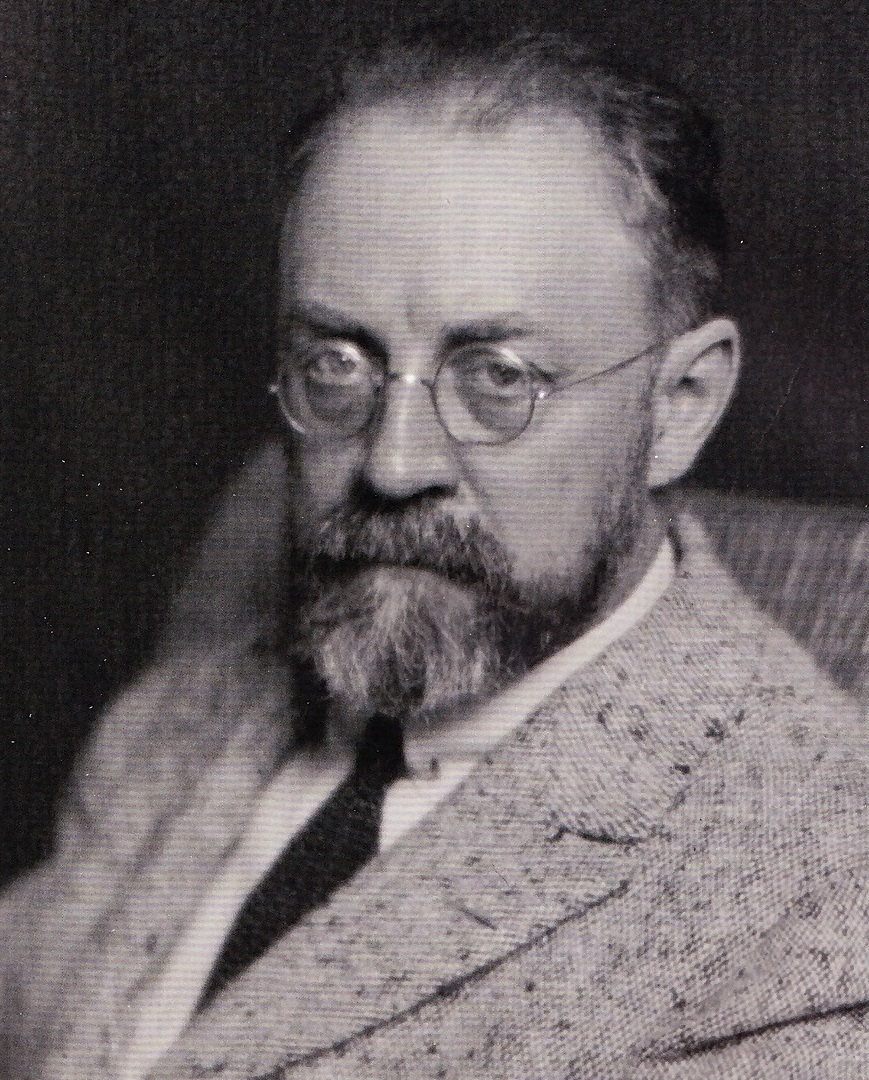 Henri Matisse :
(1869-1954) is a french painter, draftsman, engraver and scuptor born in Cateau-Cambrésis in 1869. He was the leading member of fauvism. He started to become interested in impressionist painting which he discovered in 1897 at The musée du Luxembourg (Luxemboug Museum). Since 1900, Matisse worked at The Grande Chaumière Academy under the direction of Antoine Bourdelle and visited Eugène Carrière' workshop. He met André Derain and Jean Puy. He exhibited at The Salon des Indépendants (1901) and participated to the first edition of The Salon d'automne (1903). He exhibited in 1904 at Ambroise Vollard and participated to The Salon des Indépendants the following year. During the summer 1905, he stayed in Collioure with Derain. At The Salon d'Automne of 1905, the display of his works with paintings by Albert Marquet, Vlaminck, Derain and Kees van Dongen caused scandal because of the pure and violent colors applied in solid areas on their canvas. The critic Louis Vauxcelles compares the place to a « cage aux fauves » (wild animals' cage) which coined the movement as "fauvism". The artist made several great exhibitions through the world : Moscow, Berlin, Munich, London or New York... In 1952 the Matisse Museum in Cateau-Cambrésis was inaugurated. The artist died two years later in Nice.
Henri Matisse :
(1869-1954) is a french painter, draftsman, engraver and scuptor born in Cateau-Cambrésis in 1869. He was the leading member of fauvism. He started to become interested in impressionist painting which he discovered in 1897 at The musée du Luxembourg (Luxemboug Museum). Since 1900, Matisse worked at The Grande Chaumière Academy under the direction of Antoine Bourdelle and visited Eugène Carrière' workshop. He met André Derain and Jean Puy. He exhibited at The Salon des Indépendants (1901) and participated to the first edition of The Salon d'automne (1903). He exhibited in 1904 at Ambroise Vollard and participated to The Salon des Indépendants the following year. During the summer 1905, he stayed in Collioure with Derain. At The Salon d'Automne of 1905, the display of his works with paintings by Albert Marquet, Vlaminck, Derain and Kees van Dongen caused scandal because of the pure and violent colors applied in solid areas on their canvas. The critic Louis Vauxcelles compares the place to a « cage aux fauves » (wild animals' cage) which coined the movement as "fauvism". The artist made several great exhibitions through the world : Moscow, Berlin, Munich, London or New York... In 1952 the Matisse Museum in Cateau-Cambrésis was inaugurated. The artist died two years later in Nice.
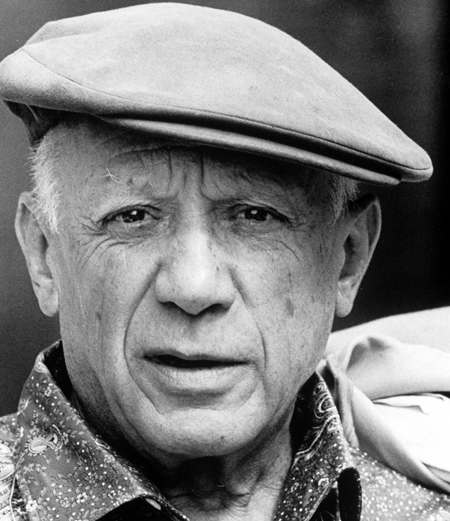 Pablo Picasso :
Pablo Ruiz Picasso is one of the greatest artists of the 20th century.
Born in Malaga in 1881, he arrives at Barcelona at 15 and makes his first exposition five years later. He established himself at "Bateau-Lavoir" studio in Paris (Montmartre) in 1904. His early paintings are classical at that time and divided by periods, the "blue period" (1901-1904) followed by the "pink period" (1904-1906).
Marked by new influences (Ingres, Cézanne, Gauguin) and new meetings (Matisses, Braques, Derain), Picasso's painting made a radical turn clearly perceptible in his "Demoiselles d’Avignon" (1906-1907). This geometrization which quickly became fragmentation, followed by Braque, announced the birth of Cubism. In this revolutionary artistic impulsion, the year 1911 is marked by the first "papiers collés" of the art History. His native Spain clearly influenced his works between 1930-1944. Affected by the Civil War, he awaked himself to militancy with "Guernica", 1937. A same anxiety can be felt through his parisian works during Second World War ("Still life with steer skull", 1942). His setting in the south of France and his membership to the Communist Party in 1944 gives way to hope in his painting ("La joie de vivre", 1946). Years 1950-1960 show the influence of contemporaries such as Matisse and great masters as Delacroix, Velázquez, Manet or David. He works until his death in Mougins, in 1973.
Pablo Picasso :
Pablo Ruiz Picasso is one of the greatest artists of the 20th century.
Born in Malaga in 1881, he arrives at Barcelona at 15 and makes his first exposition five years later. He established himself at "Bateau-Lavoir" studio in Paris (Montmartre) in 1904. His early paintings are classical at that time and divided by periods, the "blue period" (1901-1904) followed by the "pink period" (1904-1906).
Marked by new influences (Ingres, Cézanne, Gauguin) and new meetings (Matisses, Braques, Derain), Picasso's painting made a radical turn clearly perceptible in his "Demoiselles d’Avignon" (1906-1907). This geometrization which quickly became fragmentation, followed by Braque, announced the birth of Cubism. In this revolutionary artistic impulsion, the year 1911 is marked by the first "papiers collés" of the art History. His native Spain clearly influenced his works between 1930-1944. Affected by the Civil War, he awaked himself to militancy with "Guernica", 1937. A same anxiety can be felt through his parisian works during Second World War ("Still life with steer skull", 1942). His setting in the south of France and his membership to the Communist Party in 1944 gives way to hope in his painting ("La joie de vivre", 1946). Years 1950-1960 show the influence of contemporaries such as Matisse and great masters as Delacroix, Velázquez, Manet or David. He works until his death in Mougins, in 1973.
-
Create an alert
Create an alert
Please subscribe to our free alert service to be notified when a similar item is available on the website.
This item is not available. Please click on « View the catalog » to see similar items available.
